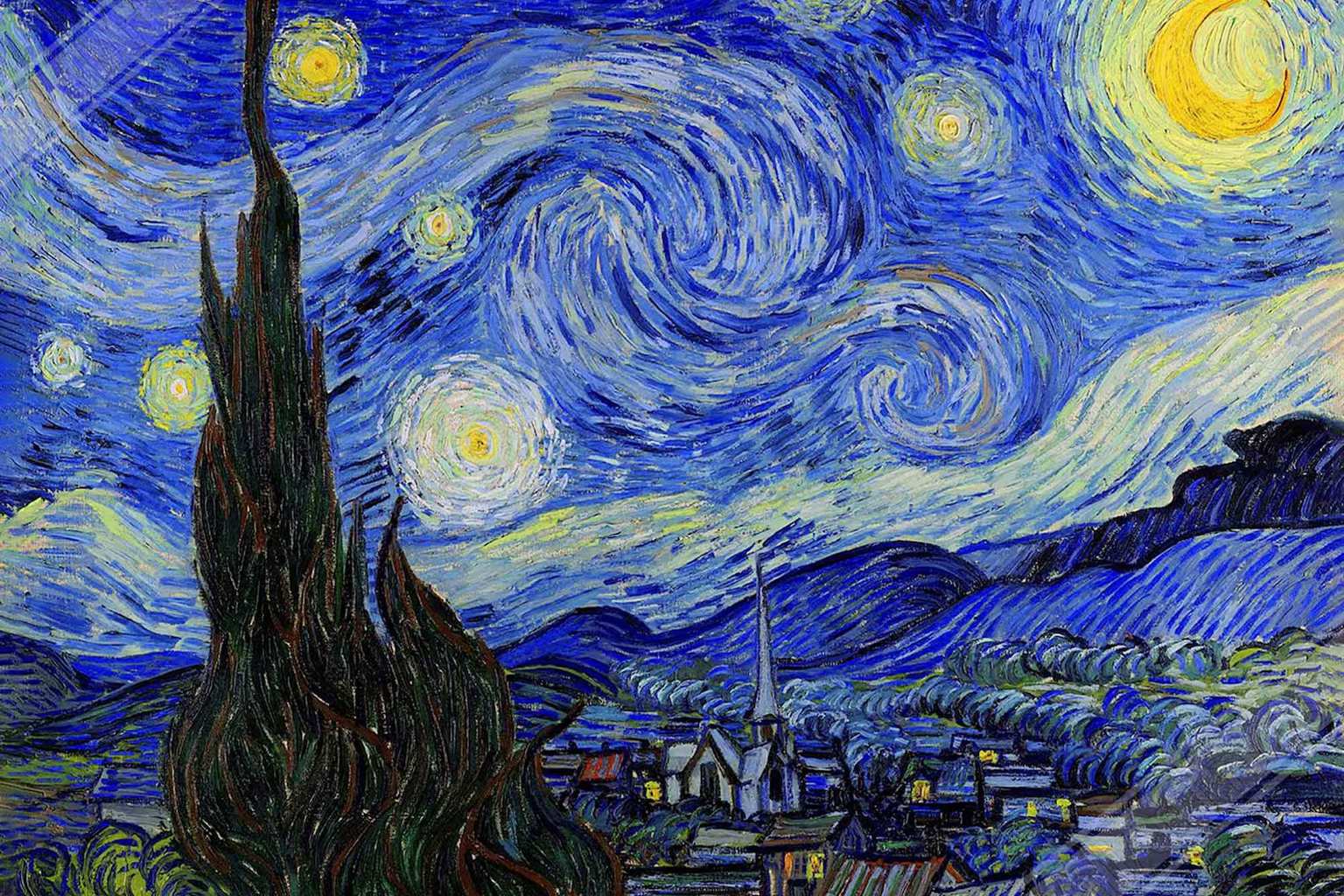Millions have admired this painting over the past 125 years, yet its deepest secret remained hidden—until now. What if I told you that Vincent van Gogh captured something so profoundly scientific in his art that experts only understood it nearly a century later? This isn’t just a story about painting; it’s about seeing the world in a way that defies time.
The tragic life of a tormented artist
Van Gogh’s life was marked by suffering and rejection. He died in 1890 at the young age of 37 in Auvers-sur-Oise, France, having taken his own life with a pistol shot to the chest. His final moments were as intense and chaotic as the storm swirling inside his mind.
In one letter to his brother Theo, written just weeks before his death, he confessed, “My life is attacked at the root, my step also falters.” Those words reveal a man exhausted by his own struggles. The expectations he carried—for himself and his art—were immense, but the world hadn’t yet recognized his genius. Van Gogh saw himself as a failure both “as a man and as an artist.”
Starry night: a masterpiece born from chaos
One of van Gogh’s most famous works, Starry Night, was painted in 1889 while he was confined in an asylum. This followed a terrifying psychotic episode and the infamous incident where he cut off part of his ear. The story behind that injury is indeed heartbreaking; it reportedly happened after a violent argument with his friend and fellow artist Paul Gauguin. It’s a vivid testament to how fragile van Gogh was during that dark period.
But beyond its tragic backstory, Starry Night holds a secret that few have noticed. Van Gogh painted something extraordinary—a natural phenomenon that scientists struggled to understand for decades.
Van Gogh, an accidental scientist of turbulence
It may come as a surprise, but van Gogh was, in his own way, a pioneer of science. He managed to depict turbulence—a complex fluid dynamics phenomenon where air or water moves in chaotic, swirling patterns.
Think of large, twisting vortices breaking down into smaller and smaller whirlpools, creating an endless, chaotic dance. Turbulence shows up everywhere: in rivers, the oceans, even behind airplane wings. Yet, it’s one of the hardest phenomena for researchers to analyze.
Even today, scientists find turbulence challenging to fully explain. But van Gogh’s painting, with its glowing eggshell moon and twirling stars, captures this phenomenon with stunning accuracy, decades before the science was formalized.
When I first learned this, it changed how I saw Starry Night. It isn’t just an emotional expression—it’s a remarkable observation of nature’s hidden patterns. Van Gogh was painting the invisible forces around us.
Researchers have studied whether other artists captured turbulence too. Impressionists like Monet and Renoir perfected color and light, but none visualized the swirling chaos as van Gogh did. His brush traced the invisible dance of air like a scientist’s wind tunnel analysis.
I remember standing before a print of Starry Night at a museum and marveling at how something so chaotic was rendered with such harmony. It made me realize that great art doesn’t just reflect reality; sometimes, it unlocks mysteries no one else sees.
Starry Night isn’t only about beauty or the tragedy of its creator. Its power lies in showing us what our eyes usually miss—the subtle truth of motion, chaos, and life itself.
So next time you gaze at Starry Night, think not just of a brilliant but troubled man, but of someone who painted the invisible forces that shape our world. What other hidden secrets might we be overlooking in the art around us?
What do you think—does knowing about this secret change how you feel about this famous painting? Share your thoughts below, and don’t forget to pass this story along to friends who love art, science, and a good mystery.

I’m an amateur artist. I read that Leonardo De Vinci said a painting is never finished but abandoned. I love Van Gogh’s starry night and many others. I saw a movie about Van Gogh with Kirk Douglas. It seemed he had a medical condition, maybe epilepsy that tortured him. I saw that movement in his starry night painting. It always gives me a floating feeling. Great article guys.
The panting is telling me that he is in trouble and he put that in the panting he is telling the story of what is going on in the wind and stars that is way he put it that way if you look hard enough you can see it
I became fascinated with Van Gogh’s painting when I first heard the song by Don McLean ” Vincent” also known as “Starry, Starry Night”
I found the painting beautiful yet intriguing and disturbing at the same time. And I kept wondering what was he trying to show us?
Then I because a major Doctor Who fan. In the years of the 11th Doctor (Matt Smith) he and his companion visit Van Gogh.
After I saw that episode, I went and saw the painting in a new light. Perhaps he was trying to tell us about the Chaos of Time and Space?
But your article on what Scientists are seeing makes a lot of sense.
I feel because his mind worked in a different way, that he could tune into things most people couldn’t hear or see.
He wasn’t craazy. His mind was advanced far beyond the times he lived. And, even today most people would think him craazy.
His mind came from an advanced future we have yet to achieve.
Thank you Vincent for seeing and showing us things we could only imagine.